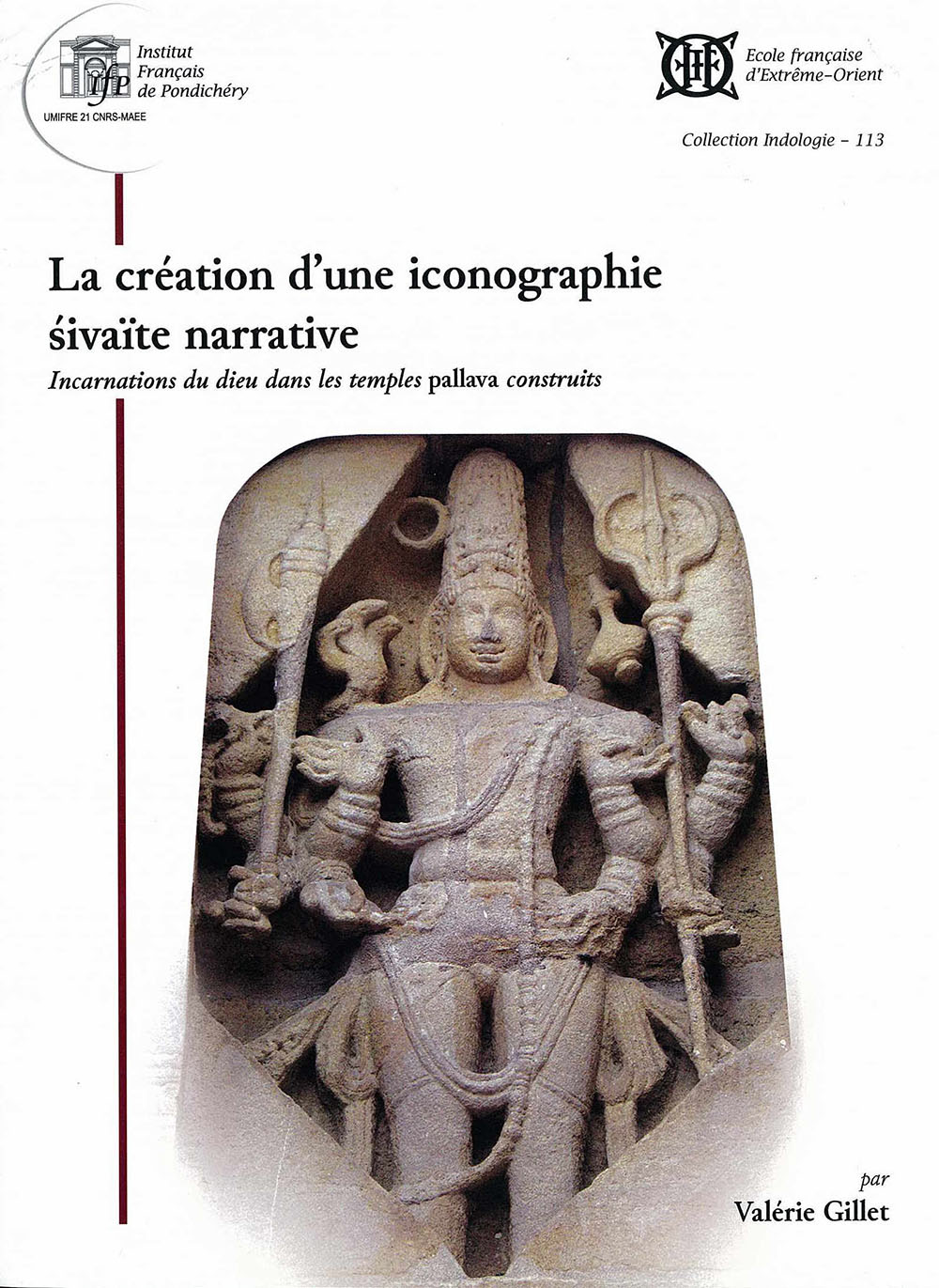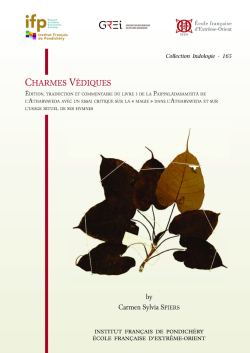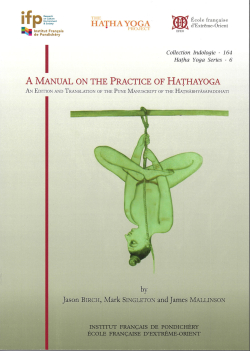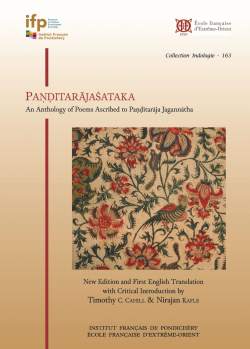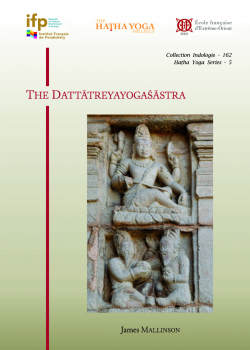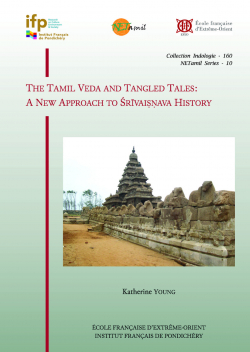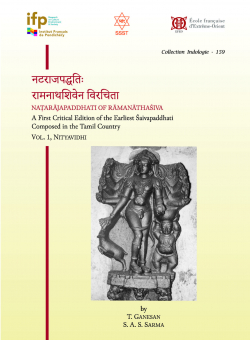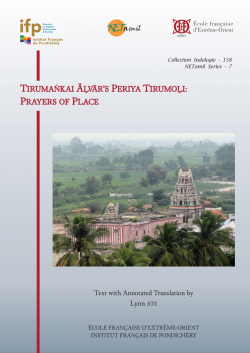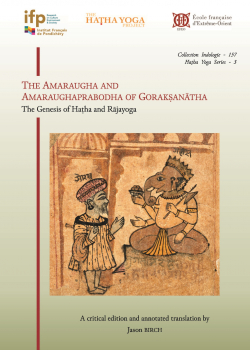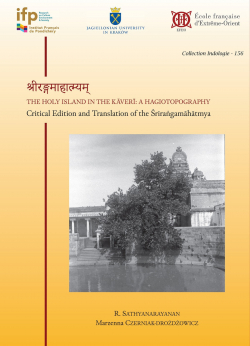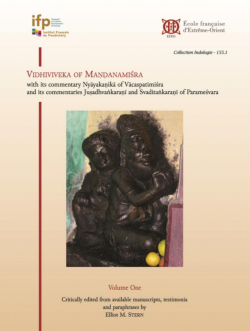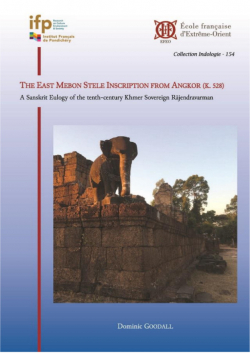The catalog of EFEO Publications includes works on a wide range of disciplines in the humanities and social sciences (archaeology, history, anthropology, literature, philology, etc.), centered on Asia, from India to Japan.
These publications address both specialists, and a wider public interested in Asian civilizations and societies.
La création d’une iconographie śivaïte narrative
Incarnations du dieu dans les temples pallava construits
Collection : Collection Indologie
Collection's number: 113
Edition: EFEO, Institut français de Pondichéry (IFP)
Publication date: 2010
Status : Available
65,00 €
ISBN-13 : 9782855391045
ISSN : 0073-8352
Width : 21 cm
Height : 28 cm
Weight : 1,65 kg
Number of pages : 404
Distributor : EFEO Pondichéry Contact : shanti@efeo-pondicherry.org, distributeur online : scholarswithoutborders@gmail.com, distributeur Chennai : jibh.rkc@gmail.com
Geography : India
Language : French
Place : Pondichéry
Support : Papier
Abstract
At the end of the 7th century, the Pallava dynasty began to construct the first temples built entirely of stone in the Tamil-speaking South. For the most part these were dedicated to Śiva and their walls are thus adorned with representations of him in various embodiments, some benign, some fierce and sanguinary, others victorious and regal. A lengthy introduction presents the historical and religious contexts in which this imagery was conceived and flourished. Each chapter of the book is then devoted to one of the principal forms of Śiva, and the concluding chapter attempts to outline the iconographical program of a Saiva sanctuary in the Pallava period. Because narrative Saiva art was not widely developed by this time, the illustration of many deeds of Śiva had still to be invented. It is therefore the creation of an iconography that we see in Pallava monuments, an iconography inspired both by pan-Indian mythology and by local traditions, borrowing at the same time elements from various religious movements. If some Pallava representations both appear and disappear with the dynasty, most of them were long to exert influence on subsequent South Indian sculptural art. Thus narrative Pallava sculpture appears to stand at the point of origin of a long and now deeply rooted tradition.
Notes
You can also order this title at the following address:
shanti@efeo-pondicherry.org
